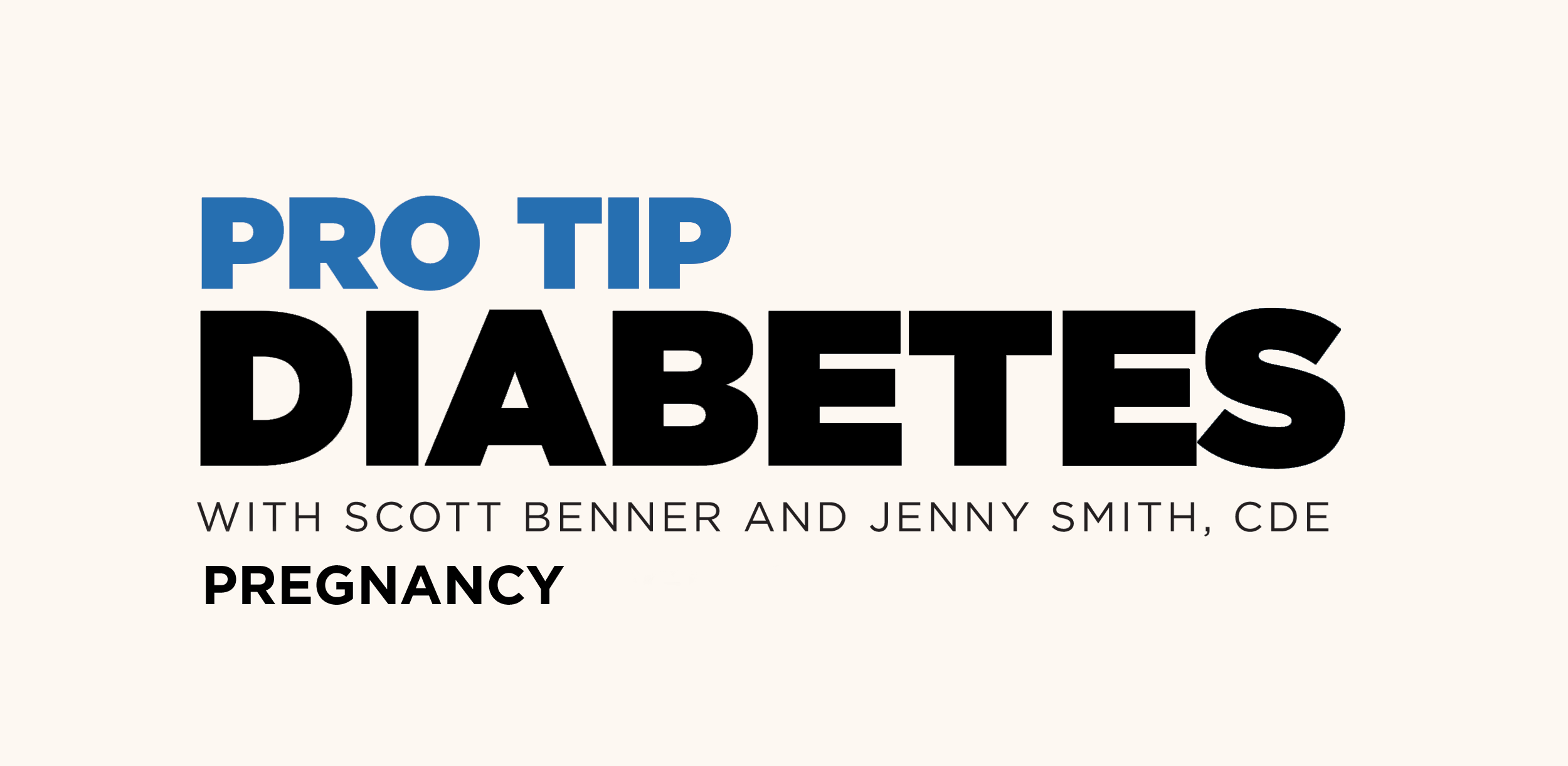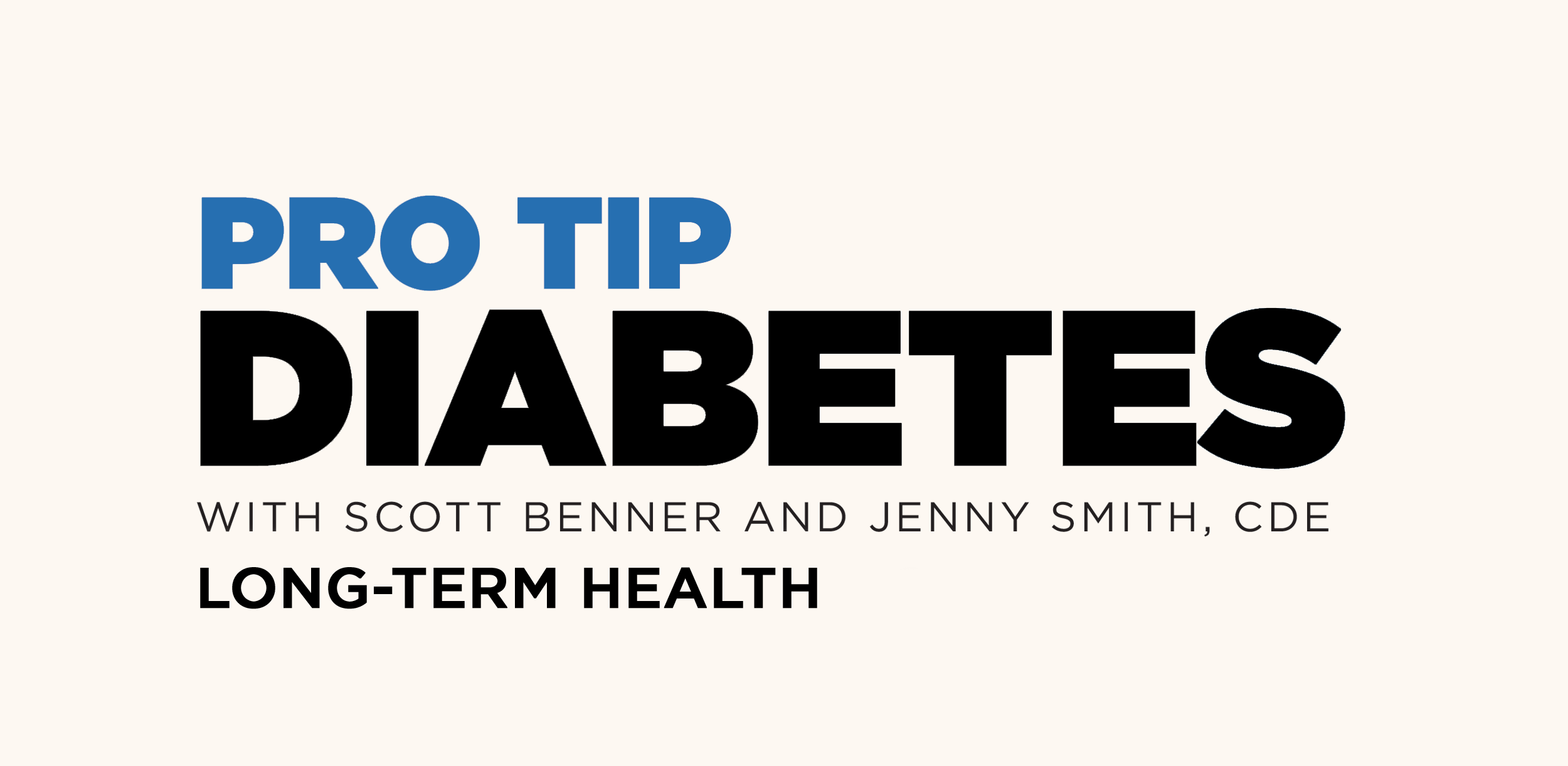Standard Deviation in Healthy Participants
Companion info from ep 344 of the Juicebox Podcast
Viral Shah et al., Continuous Glucose Monitoring Profiles in Healthy Nondiabetic Participants: A Multicenter Prospective Study
In episode 344 of the show John Welsh from Dexcom did a deep dive on Standard Deviation, Coefficient of Variation, A1c, Time in Range and more. It was fascinating and if you haven’t listened… I would. During the conversation the attached study was referenced and I received so many requests to see the study that it is now posted here. Get your diabetes data geek on!
John Welsh’s (Dexcom) example, from episode #343 of the Juicebox Podcast, about people without diabetes, is in Table 2 of the attached.
from John: Note that the “Mean, mg/dL (mean ± SD)” row gives a value of 99 ± 7 for all 153 participants. The row right below it is “SD, mg/dL (mean ± SD)” and gives a value of 17 ± 3. This is a bit weird and requires some explanation (from page 4358): the 99 ± 7 is the mean and SD of the 153 individual average CGM values – an average of averages. They could have calculated it as the mean and SD of every single glucose value that they collected (over 350K), but each person only provided 1 value (his or her mean glucose concentration) for this calculation. The point here is that normal folks have mean glucose values that are very close to 99 mg/dL (often within 7 mg/dL).
The “SD, mg/dL (mean ± SD)” row gives a value of 17 ± 3. This number is something different, and represents the expected dispersion within a particular individual. The point here is that normal folks should have variability of about 17 mg/dL in their glucose concentrations (often within 3 mg/dL).
We didn’t get that far down the rabbit hole with the podcast, but it might be interesting…
The Journal of Clinical Endocrinology & Metabolism, Volume 104, Issue 10, October 2019, Pages 4356–4364, https://doi.org/10.1210/jc.2018-02763

Dexcom Pro
Learn more about Dexcom
I was interviewing Dexcom CCO Rick Doubleday in February when he mentioned the forthcoming Dexcom Pro. The Dexcom G6 Pro is a single use, professional CGM available in blinded and unblinded mode that allows healthcare providers to view data about patients’ glucose patterns over a 10-day period, while allowing patients to view real-time glucose data and receive real-time hyper- and hypoglycemic alerts (when used in unblinded mode). The video below explains more. When Rick and I finished recording I asked if it would be possible for me to wear the Pro. I wondered if being able to watch a working pancreas would help me to learn more about the body’s expectations for health. I wanted to learn how much of a spike was normal, about times away from food that blood glucose rises and falls, what a fasting BG looks like and so much more.
I’ve only been wearing the Dexcom Pro for a few days so far and I’ve already learned so much about how a pancreas ‘thinks’. I can already tell that this experience will lead to a greater understanding of what people with diabetes should be aiming for and I know that I’ll be better prepared to be a T1 caregiver when I’m done. Additionally, this experience will undoubtable take the Juicebox Podcast into a new stratosphere. It’s all just very exciting and I believe that much of what I am seeing will impact how I think about using man-made insulin.
After I’ve finished with the Pro and process everything that I’m seeing, I’ll share what I’ve learned here on the blog and on the podcast.
At launch the G6 Pro starter kit will cost $249 and includes one reader and four sensors.
Once a clinician has bought the starter kit and has a reader for their practice, additional sensors are $59 each.
Offices are reimbursed for each sensor placement and again for each sensor interpretation, ultimately eliminating the cost to clinics. There is no cost to patients.
Only healthcare providers are able to order the G6 Pro.
More soon!
Please know that while Dexcom is a sponsor of the Juicebox Podcast, I am not being compensated for wearing the Dexcom Pro and have not been asked to write or talk about my experience. This was a brief moment at the end of an interview where I asked, “Can I please wear one… I think it will help me to understand insulin management better”.
Teen Talk LIVE! - Thursday May 7 @ 3pm EST
I'll be giving my Teen Talk (same talk that I delivered at the recent Type One Nation events at JDRF Greater Dallas, JDRF-Georgia Chapter, JDRF Kansas City Chapter, JDRF Oklahoma) online this Thursday at 3pm EST (link to join below). The talk is free and everyone who wants to attend is invited. No age restrictions, parents you know your kids.
We'll be discussing how I pre-bolus, use basal insulin, the virtues of acting before diabetes and MUCH more. Tell a friend!
Juicebox Podcast 〜 Teen Talk
May 7, 2020 03:00 PM Eastern Time
Join Zoom Meeting
https://us02web.zoom.us/j/6902743291
Meeting ID: 690 274 3291
If you don't want your image recorded, please turn off your camera. Meeting will be recorded and shared later. disclaimer: The information on this site is provided as an information resource only, and is not to be used or relied on for any diagnostic or treatment purposes. This information is not intended to be patient education and should not be used as a substitute for professional diagnosis and treatment.
Ask Scott and Jenny LIVE!
From April 23, 2020
Listeners of the Juicebox Podcast get to ask their diabetes questions while Jenny Smith and I try to keep up.
Don’t want to miss the next one? Follow on Facebook.
Enjoyed this, want more? Check out the Diabetes Pro Tip episodes of the Juicebox Podcast that feature Scott and Jenny.
⇢ You can listen to the Juicebox Podcast at JuiceboxPodcast.com or on your fav podcast app (it's free!). Apple Podcasts ⇢ http://bit.ly/JBPAPod Android ⇢ http://bit.ly/jbpandroid Spotify ⇢ http://bit.ly/JBPspot Google Podcast ⇢ http://bit.ly/JBPgoogle ⇢ Want help with your diabetes management? Contact Jenny at jennifer@integrateddiabetes.com Jenny Smith RD, LD, CDE, T1D holds a Bachelor’s Degree in Human Nutrition and Biology from the University of Wisconsin. She is a Registered (and Licensed) Dietitian, Certified Diabetes Educator, and Certified Trainer on most makes/models of insulin pumps and continuous glucose monitoring systems.
Corona Shelter In Place: Update One
Before I began podcasting I did a fair amount of blogging, please bear with me while I remember how to write.
It’s March 19, 2020 and my family has been voluntarily sheltering in place for six days. Overall the time has been pleasant but I want to share a few things that I’ve noticed as the days pass.
Arden seems to like distance learning better than going to school, this was not surprising as she has been able to adjust her busy hours to meet her natural sleep pattern.
Kelly is working more hours which is allowing her to conquer tasks that would normally take more time. Saving commuting time is helping tremendously. I do worry that she isn’t taking enough breaks.
Cole has been sent home from college and the NCAA has cancelled the spring sports season. He is figuring out how to channel the massive amount of energy that he usually directs into playing baseball. Yesterday he got outside for the first time and the activity was good for him.
The house has never looked better, cleaning has become a pastime for a few of us. Arden spent a day cleaning the kid’s bathroom and it is sparkling.
Everything still feels pretty normal with the exception of how often we visit stores but the specter of what may still be coming is difficult to ignore. I find myself worrying most about food, security and diabetes supplies.
I’m going to spend this time working on the Juicebox Podcast by recording, editing and prepping future episodes. I’d like to add some home exercise to my day - I need to do that.
I’m hoping that you will use your time for something that you haven’t previously had the bandwidth for. Refocus on diabetes management, try that planking challenge - whatever. Just as long as you can look back on these days and feel like they weren’t wasted. I’ve been re-listenning to my Pro Tip series with Jenny Smith to brush up on my T1D management skills. I’ve picked a few books to read and I think that I may have an idea for bolstering the community around this blog and podcast.
Last two things: Those of you who aren’t able to stay home, please be safe and for anyone who feels uncertain about the coronavirus and what you should and shouldn’t be doing, I just recorded a very easy to follow conversation with Adam Naddelman, M.D. on the subject. Adam will be back on the show as events unfold.
Talk soon.
























































